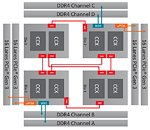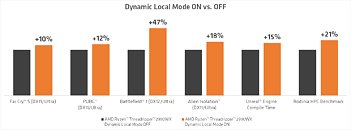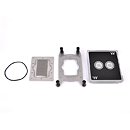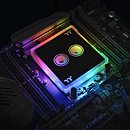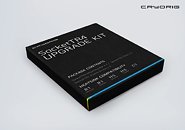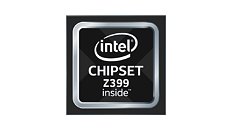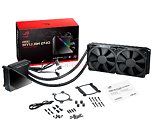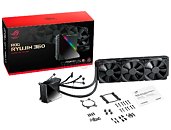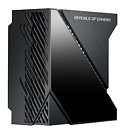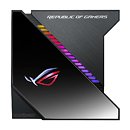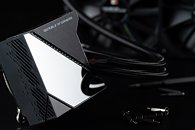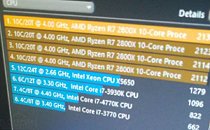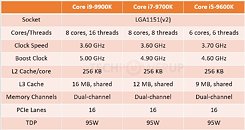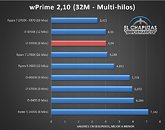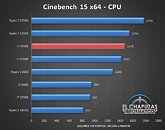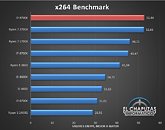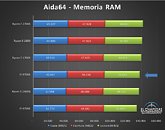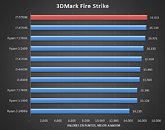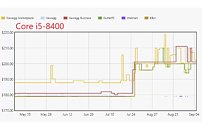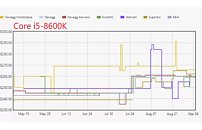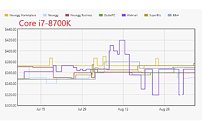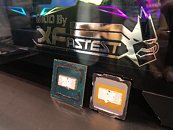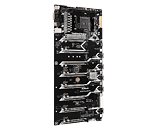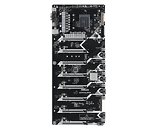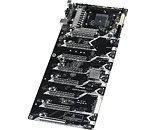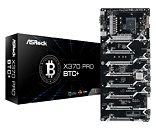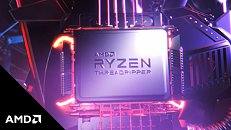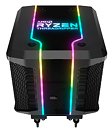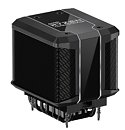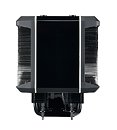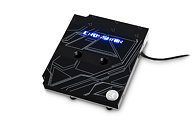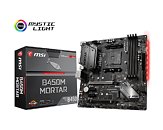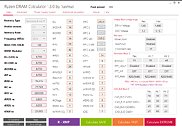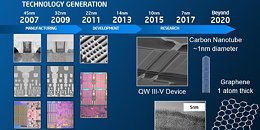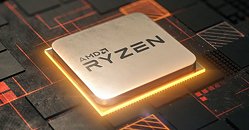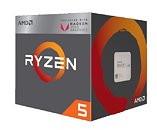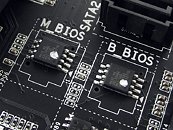Remember the SMACH Z? Me neither. It was a long attempt in the making, with multiple Kickstarter campaigns that finally resulted in an actual product coming to market later this year. The SMACH Z is a handheld gaming PC with an x86 processor, that was
originally supposed to use a 5" 720p screen powered off an AMD G-series SoC (System on a Chip). It was then
updated to use an AMD Merlin Falcon (Excavator) R-Series RX-421BD clocked at 2.1 GHz SoC with an integrated Radeon R7 series GPU at 800 MHz to run a 6" 1080p display, that was in turn embedded in a handheld gaming console, effectively making it a portable gaming PC. Perhaps it was a good thing that the product took its time, since they have now decided to use updated internals for the final product- once more from AMD- in the form of the Ryzen Embedded V1605B SoC with AMD Radeon Vega 8 graphics.
eBOM reports that AMD has announced it will be showcasing the SMACH Z in their booth presence at the Tokyo Game Show which commences later this week. This marks yet another gaming platform that AMD will be powering, although it is less powerful than the other ones. The SMACH Z is
available for pre-order in three different variants (Z, Z Pro, and Z Ultra) which have different starting configurations, but can be customized as with most pre-built PCs. All variants can run off the Linux-based SMACH OS or Windows 10, retain the 6" 1080p touch screen, support up to 16 GB of dual channel DDR4 memory and 256 GB of solid state storage, and have an optional camera as well. Prices begin at $699 and go up to $1199, with a 10% discount for pre-order for the console expected to be available December, 2018. For those interested, there are some
preliminary benchmarks released by SMACH from earlier this year.

